Lisfranc Injury
- Home
- Services
- Orthopaedics
- Foot Orthopaedics
- Common Foot Conditions
- Lisfranc Injury
What is a Lisfranc injury?
A Lisfranc injury refers to broken bones or a torn ligament in the midfoot. This is an extremely complex part of the foot where many bones, ligaments and tendons all come together to stabilise the foot arch and help it move. Known as the Lisfranc joint, this intersection performs a very important role that’s crucial to movement. Injury to any part of this joint can have a serious impact.
Lisfranc injuries can vary from a simple injury that only affects one single joint, to more complex injury that involves multiple fractures. Low energy injuries can occur in sport like football, when one player lands on another’s foot. High energy Lisfranc injuries tend to occur in incidents such as traffic accidents or a heavy fall. Symptoms include pain, swelling, bruising and discomfort when bearing weight. Lisfranc injuries are commonly misdiagnosed and usually require imaging to confirm the condition.
How is it treated?
Lisfranc injury treatment will depend on the extent of the injury and this will vary by patient. Your doctor will first confirm your diagnosis with imaging such as an X-Ray or MRI, in order to pick up on more subtle Lisfranc injuries. In milder cases where there are no broken bones, your doctor may recommend a special boot to keep your foot immobilised and weight-free for up to 8 weeks followed by physiotherapy.
If you have severely damaged the ligaments or the bones have broken and displaced, your doctor may recommend surgery, using screws and pins to restore foot alignment and stability.
How long does it last?
Lisfranc injuries are unlikely to heal on their own and what might seem a simple injury should be examined by a medical professional as soon as possible. With conservative treatment, even mild Lisfranc injuries can take up to 8 weeks to heal. If surgery is recommended, a special boot is required for 3 months followed by a course of physiotherapy. A full recovery can take up to one year.
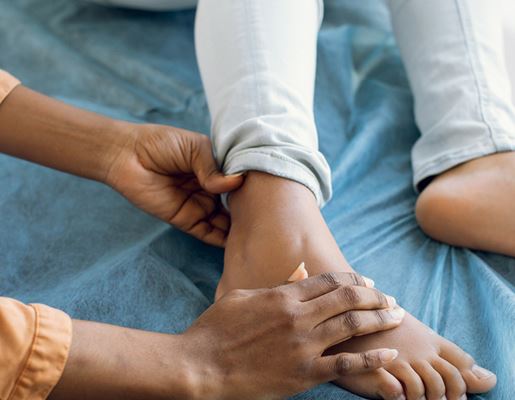
Other foot surgeries and procedures
- Bunion surgery
- Plantar Fasciitis surgery
- Hammer Toe surgery
- Flat Foot Surgery
- Foot Fusion surgery
- Neurectomy Foot surgery
Common foot conditions
Find a hospital with orthopaedic services
Our Hospitals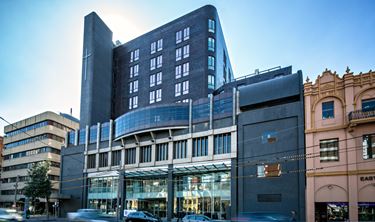
Related services
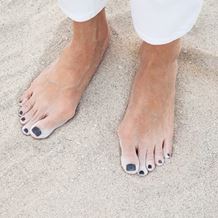
Bunion Surgery
A common medical procedure to treat bunions that cause ongoing painful symptoms.
Read More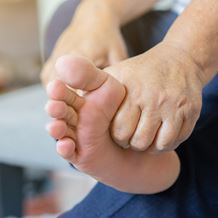
Other Foot Surgeries and Procedures
Procedures for foot conditions such as plantar fasciitis and hammer toe surgery.
Read More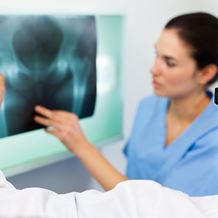
Find a Specialist
Talk to our world-leading orthopaedic specialists about the most suitable treatment options.
Read More